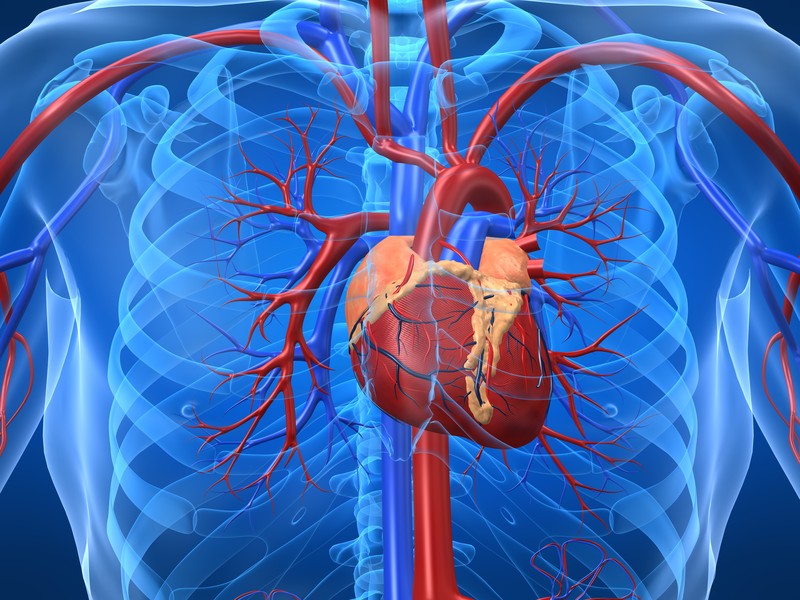Cardiovascular diseases (CVD), including heart diseases and stroke, account for one-third of deaths throughout the world, according to a new scientific study that examined every country over the past 25 years.
Countries with the greatest number of CVD, after accounting for population size, are found throughout Eastern Europe, Central Asia, the Middle East, South America, sub-Saharan Africa, and Oceania. Additionally, the steep declines experienced by the United States, Canada, Australia, New Zealand, Japan, South Korea, and countries in Western Europe over the past two decades have begun to taper off.
“It is an alarming threat to global health,” said Dr. Gregory Roth, assistant professor at the Institute for Health Metrics and Evaluation (IHME) at the University of Washington and in the Cardiology Division at the university’s School of Medicine, Science Daily reported.
“Trends in CVD mortality are no longer declining for high-income regions and low- and middle-income countries are also seeing more CVD-related deaths.”
Roth is the lead author of the paper, “Global, Regional, and National Burden of Cardiovascular Diseases for 10 Causes, 1990-2015,” which was published in the Journal of the American College of Cardiology.
In 2015, there were more than 400 million individuals living with CVD and nearly 18 million CVD deaths worldwide. From 1990 to 2010, the age-standardized death rate from CVD dropped globally, driven by improvements in high-income countries, but that progress has slowed over the last five years. In 1990, there were about 393 deaths for every 100,000 people from CVD globally. That fell to 307 deaths per 100,000 in 2010, and, over the next five years, decreased only slightly, to 286 deaths per 100,000.
“This paper is the manifestation of two paradoxes,” said JACC editor-in-chief, Valentin Fuster, MD. “First, we keep discussing how much we have progressed among our subspecialty, yet the paradox is that the disease remains the number 1 killer in the world. The second paradox is that medicine remains very expensive, yet we don’t put efforts into promoting health at younger ages, which could be a cost-effective method to preventing the onset of the disease. Instead, we continue to only invest in treating advanced manifestations of cardiovascular disease.”
The paper is based on the most recent Global Burden of Disease (GBD) study, an international consortium of more than 2,300 researchers in 133 nations, convened by IHME.
Dr. Paulo Lotufo with the University of Sao Paulo in Brazil, one of the paper’s co-authors, noted: “Many nations are now dealing with a ‘double burden’ of chronic and infectious disease, which puts additional strain on health systems.”
Prevalence rates of CVD, including coronary artery disease, atrial fibrillation, heart failure, stroke, and peripheral arterial disease, were highest across sub-Saharan Africa, Eastern and Central Europe, and Central Asia. The highest CVD death rates occurred throughout Central Asia and Eastern Europe, but also in countries such as Iraq, Afghanistan, and many South Pacific island nations. “Risk factors for CVD, like high blood pressure, poor diet, high cholesterol, tobacco smoking, excessive alcohol use, and obesity, are common throughout most of the world,” Roth said.


